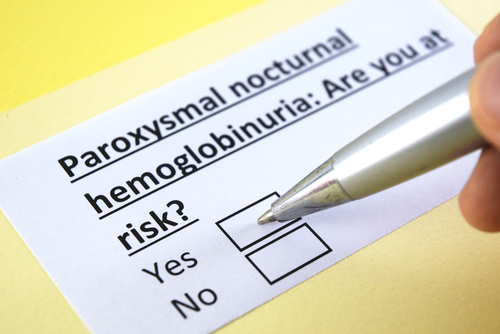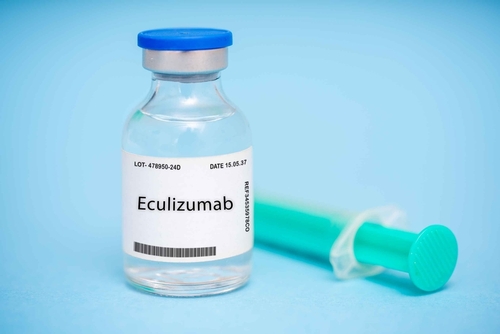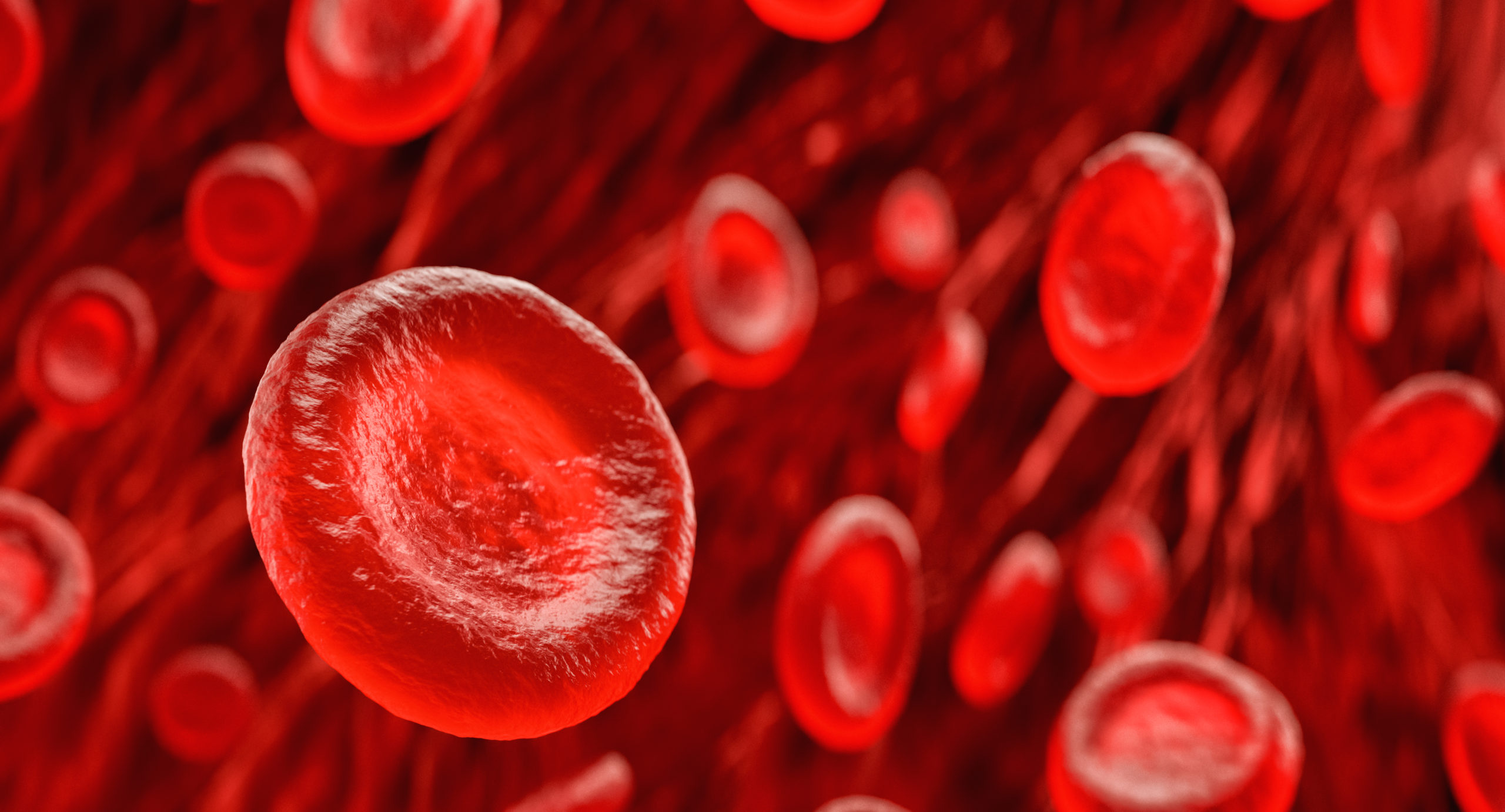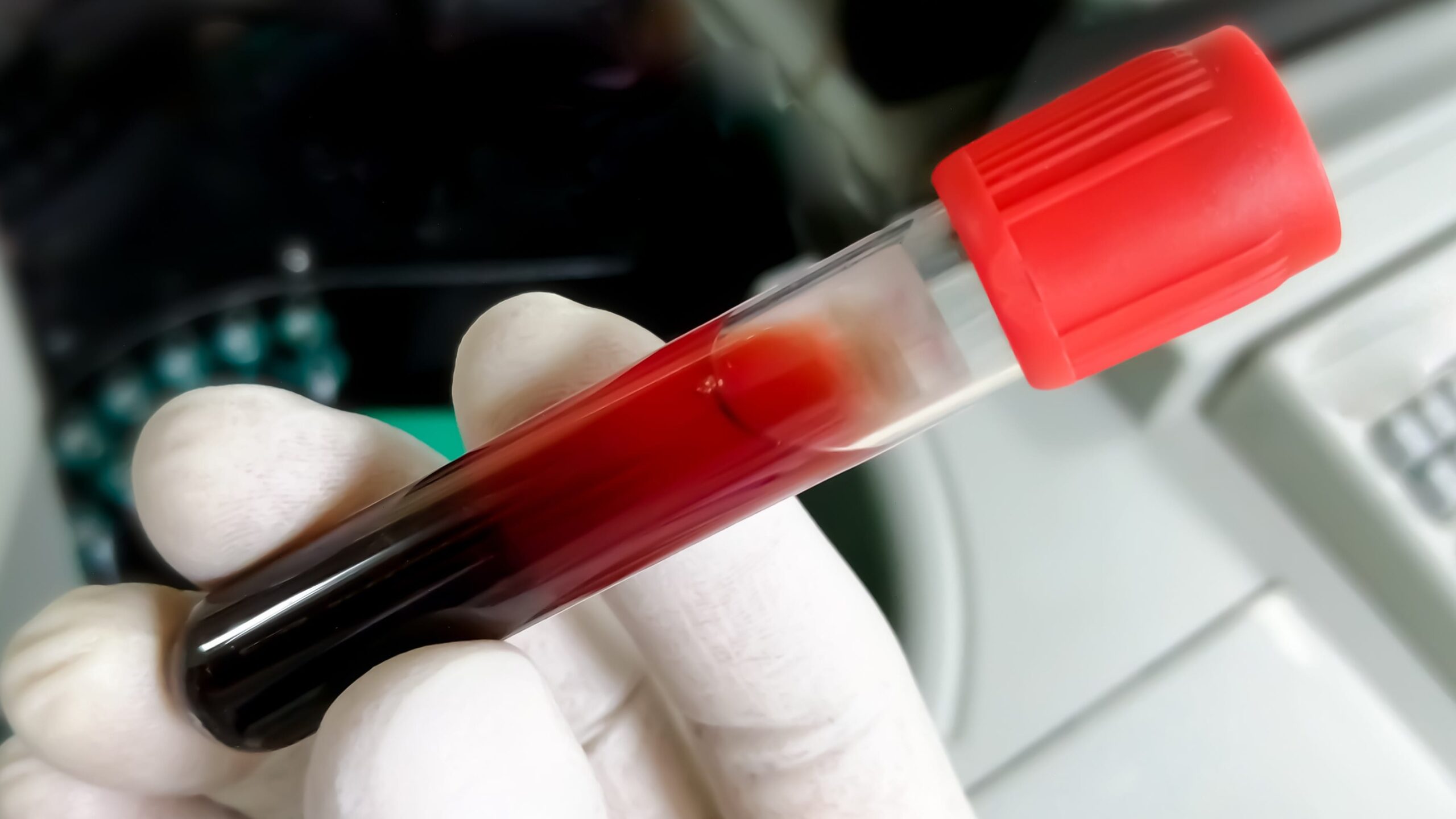
Among complement inhibitor-naïve patients with paroxysmal nocturnal hemoglobinuria (PNH), a lactate dehydrogenase (LDH) level 1.5 times or greater than the upper limit of normal was a significant predictor of thromboembolism, which itself was a significant predictor of mortality (P<.001), according to a database analysis published in the Journal of Korean Medical Science.
The analysis was conducted on patients in the Korean National PNH Registry and led by Jun Ho Jang, MD, PhD, of the Samsung Medical Center in Seoul, Korea. Dr. Jang and colleagues sought to assess the importance of LDH and hemoglobin levels in predicting thromboembolism, impaired renal function, and death.
In addition to the identified LDH threshold, both male sex (P=.045) and pain (P=.033) were associated with an increased risk of thromboembolism in multivariate regression analysis. Hemoglobinuria (P=.034) and pain (P=.022) were also associated with an increased risk of impaired renal function.
The authors noted that hemoglobin level above 8 g/dL was not a predictor of thromboembolism, impaired renal function, or death in a multivariate regression analysis. However, standard mortality ratio modeling identified that LDH at 1.5 times or greater than the upper limit of normal (P<.001) and hemoglobin below 8 g/dL (P<.001) or hemoglobin at 8 g/dL or more (P=.004) were all risk factors for death.
Conversely, patients with LDH levels below 1.5 times the upper limit of normal had mortality rates comparable to the general population, according to the report.
Given their results, Dr. Jang and colleagues suggested that controlling intravascular hemolysis, a function of PNH, would include clinical outcomes for this patient population.
Reference
Jang JH, Kim JS, Lim CTK, et al. Impact of lactate dehydrogenase and hemoglobin levels on clinical outcomes in patients with paroxysmal nocturnal hemoglobinuria: results from the national Korean PNH registry. J Korean Med Sci. 2024 Mar 4;39(8):e81. doi: 10.3346/jkms.2024.39.e81.







 © 2025 Mashup Media, LLC, a Formedics Property. All Rights Reserved.
© 2025 Mashup Media, LLC, a Formedics Property. All Rights Reserved.